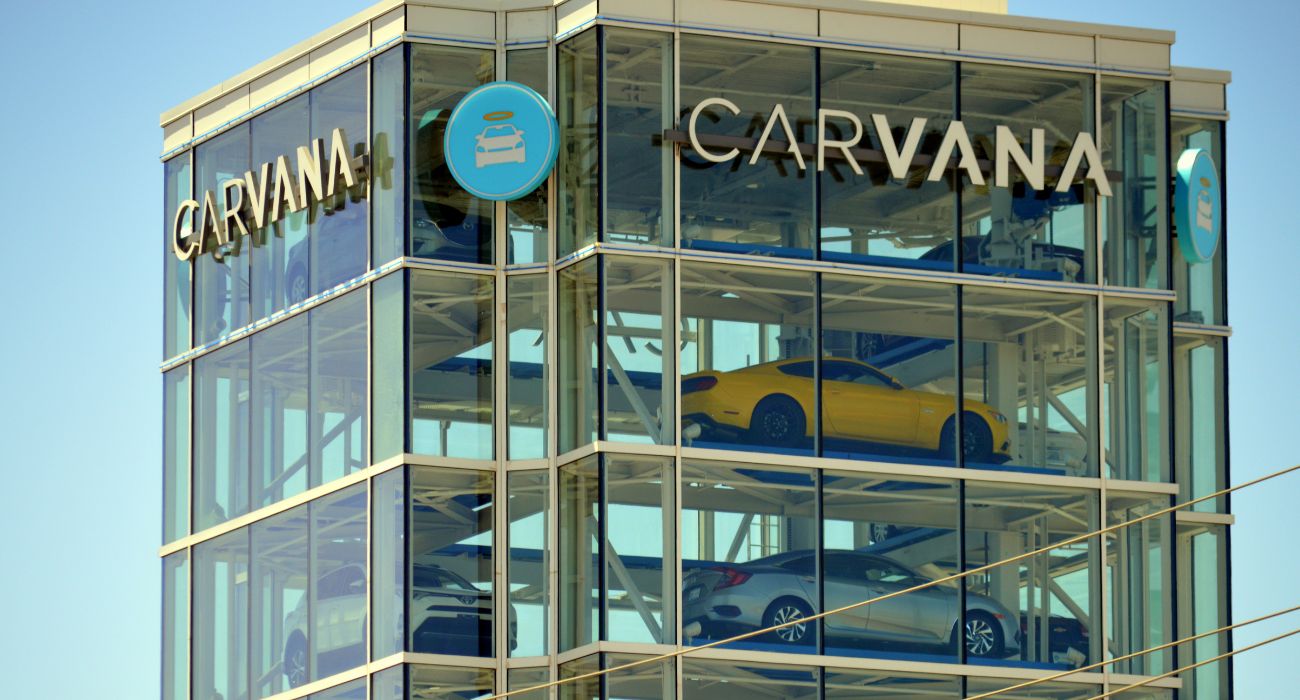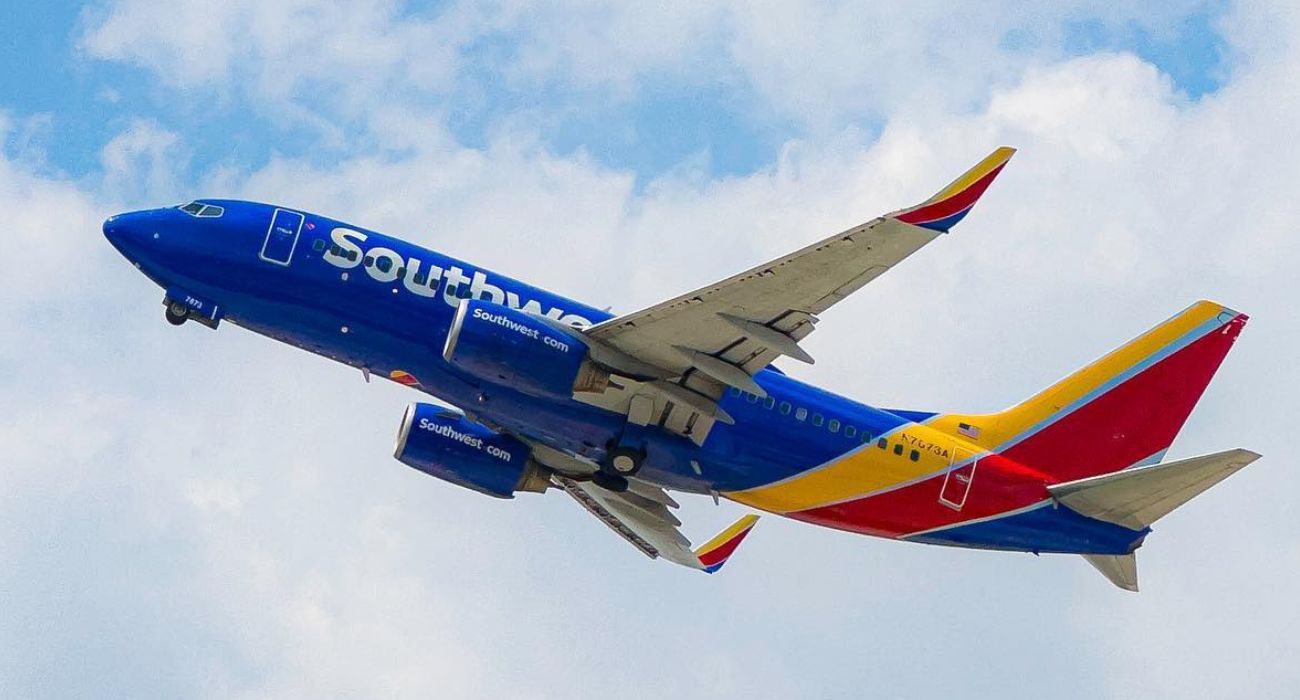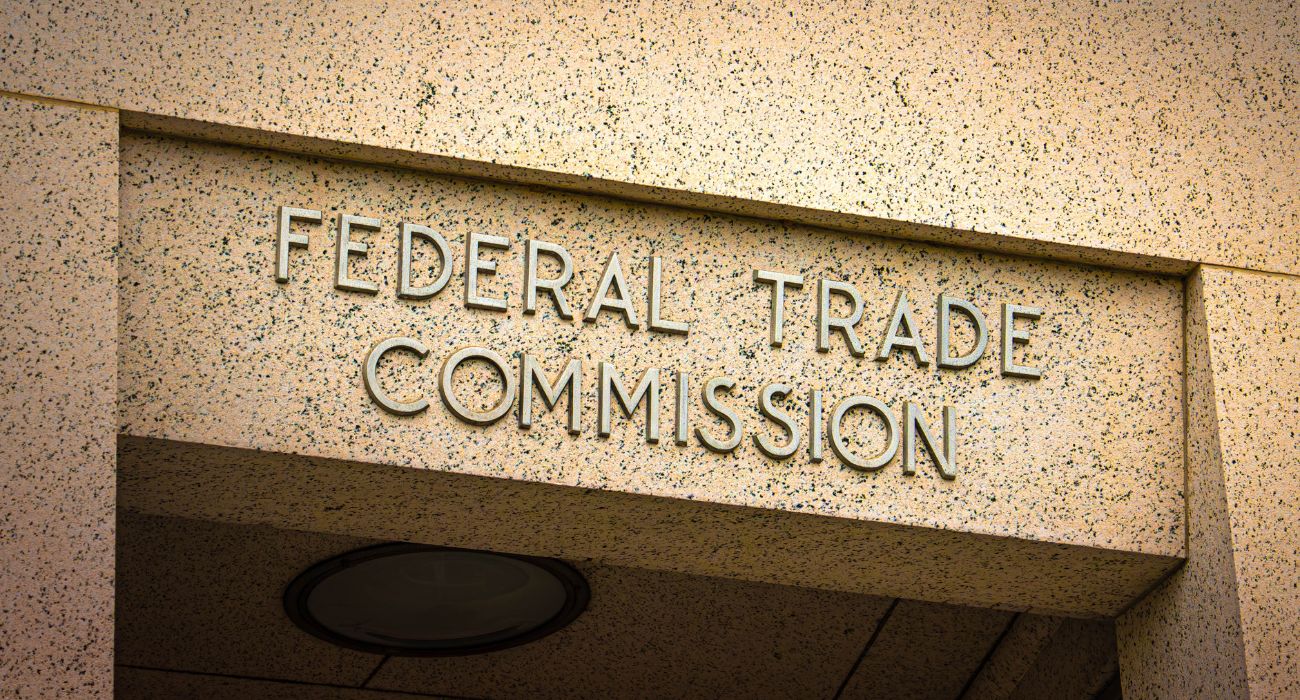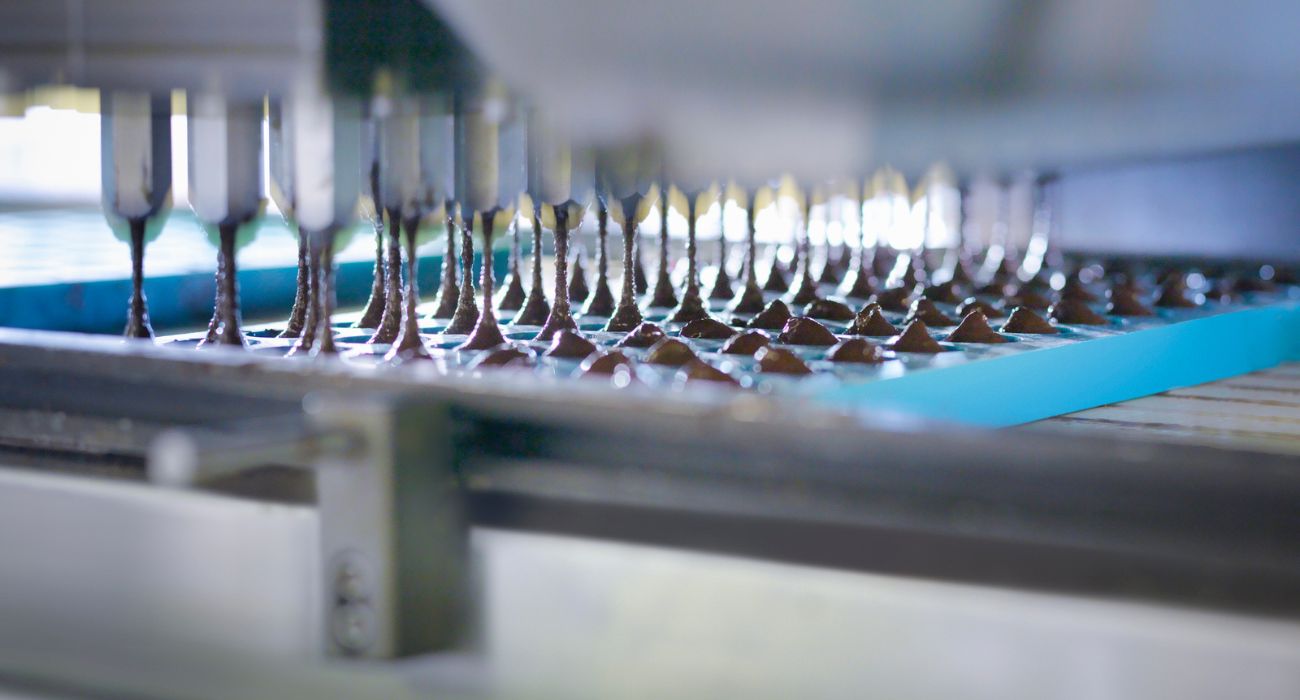Used car prices are finally starting to retreat after surging over the pandemic, causing significant difficulty for auto dealers like Carvana.
Carvana is not an ordinary dealership. The online used car retailer employs 21,000 people and generated nearly $13 billion in revenue last year.
The Tempe, Arizona-based company allows customers to purchase cars from anywhere, a welcome service for many people during the pandemic. This attribute, along with supply chain disruptions that slowed new car production, helped skyrocket Carvana’s value last year.
During the first week of November, Carvana reported quarterly earnings of $3.4 billion, missing the $3.7 billion anticipated by economists. Vehicle sales similarly softened. The car retailer sold 102,570 vehicles during the third quarter, down from 117,564 in Q2 and 8% lower than in Q3 2021.
News of the disappointing earnings drove shares down 39%. Over the two trading days following the release, the company saw nearly half its value evaporate. Year-to-date, the company is down an excruciating 97%.
According to Carvana’s management, vehicle demand has dropped as the Fed continues to push interest rates higher. Potential buyers must now pay higher monthly bills to finance the same car, and some consumers are simply opting out altogether.
Now, companies like Carvana are witnessing the impact of changing consumer behavior on their bottom line.
Mike Ward, an analyst for investment banking firm Benchmark, noted that U.S. used-vehicle sales fell more than 13% in the third quarter. According to Ward, “A sharp decline in market prices has created a headwind for used vehicle retailers, and the trend is expected to continue into 2023.”
One issue with a rapid price decline is the way it can alter consumer expectations. When costs quickly fall, people wonder if further drops could be on the horizon. As a result, purchases are delayed, and pressure builds on sellers as inventory accumulates.
New cars have not experienced the same shrinking prices as their used counterparts. Pandemic-driven production constraints have meant that new vehicle inventory is already low. It is expected that 13 million new cars will be sold this year, about 3 million less than in recent years.
Scarcity has helped keep new car prices relatively high. While Carvana sees its used car inventories grow, inventories of new cars across the United States are only half of the typical levels.
While Carvana has experienced a substantial fall in its share price, new car manufacturers have also been hurting, albeit not to the same level. Limited inventory contributed to GM shedding a third of its stock value this year. Ford has fared even worse, with its shares down 35% year to date, far below the S&P 500’s 21% drop in 2022 so far.







A flash in the pan- like a lot of these start ups